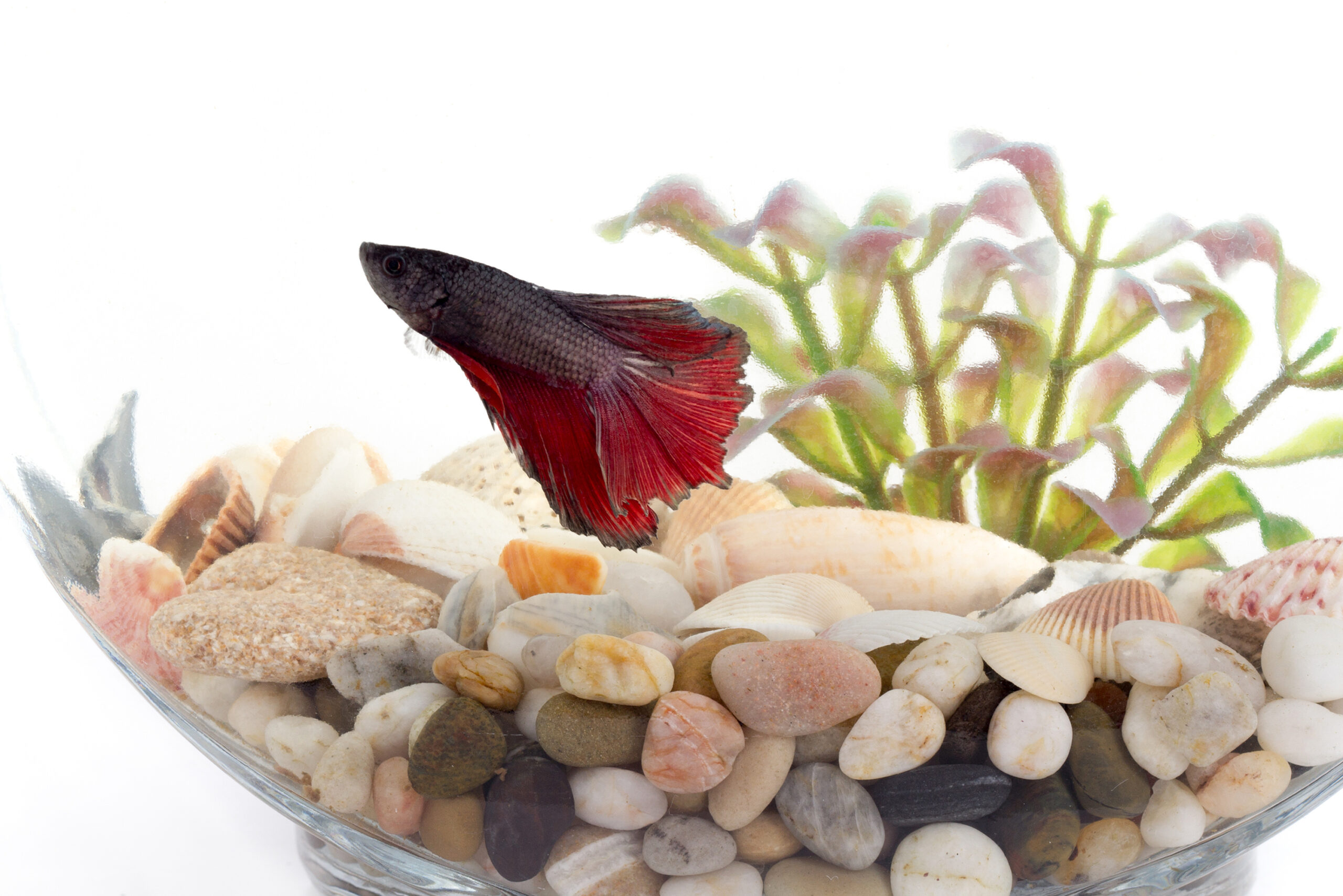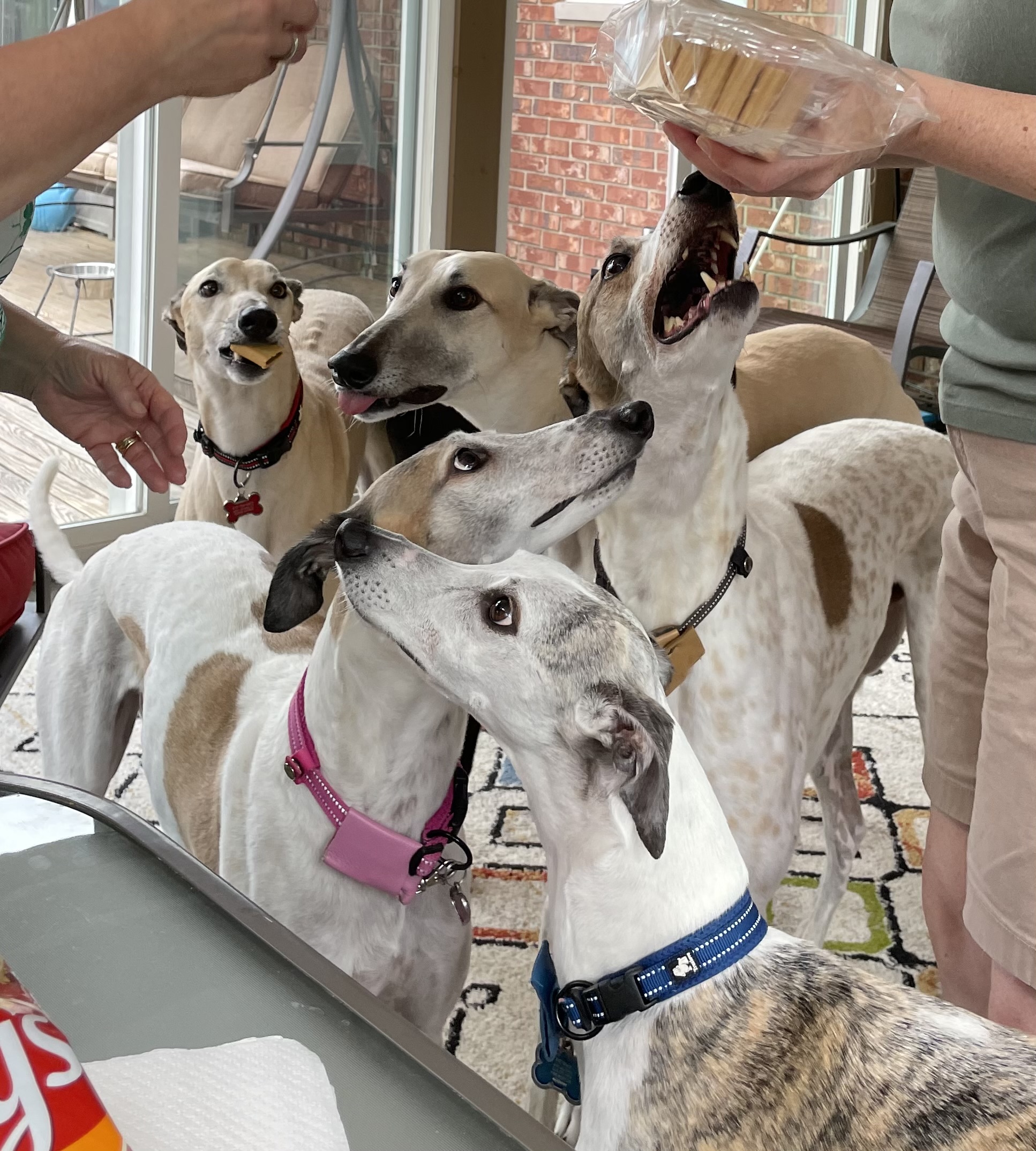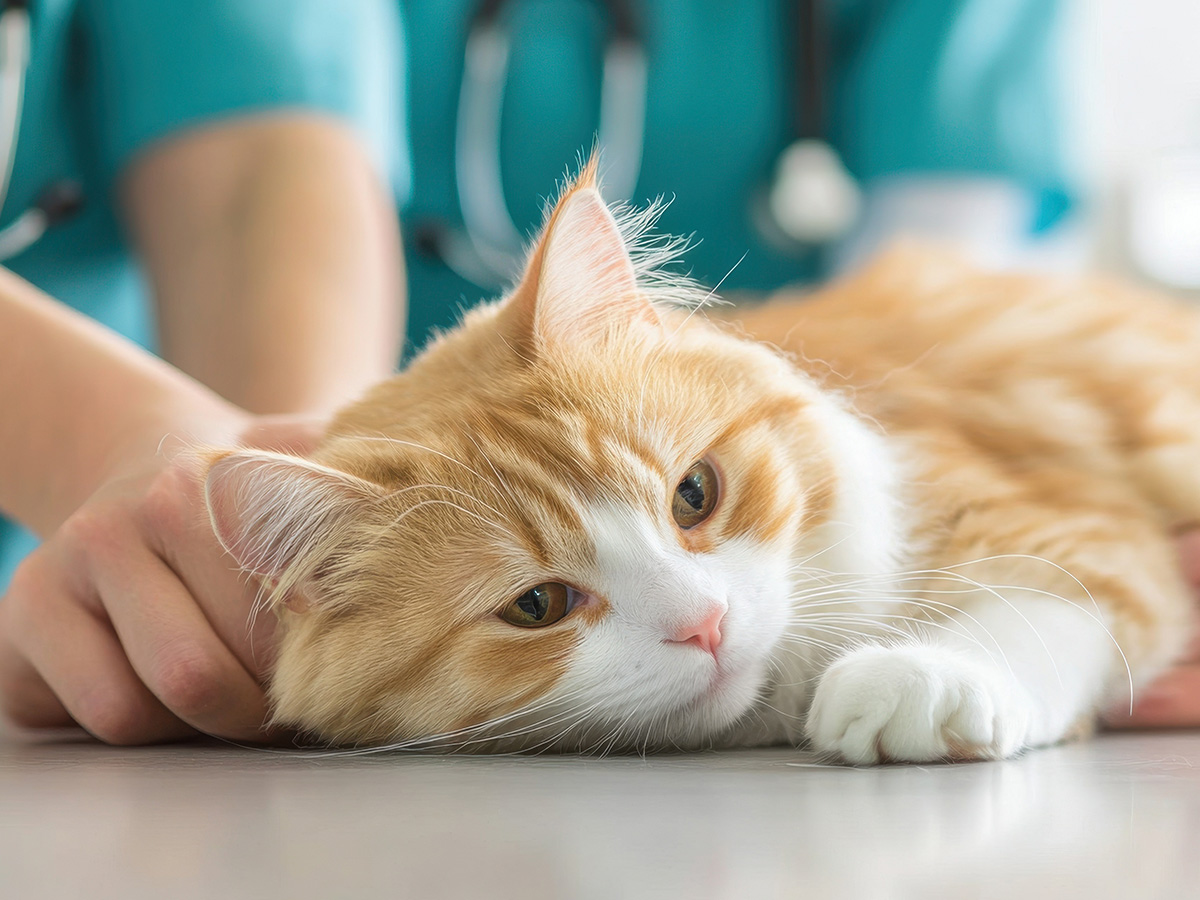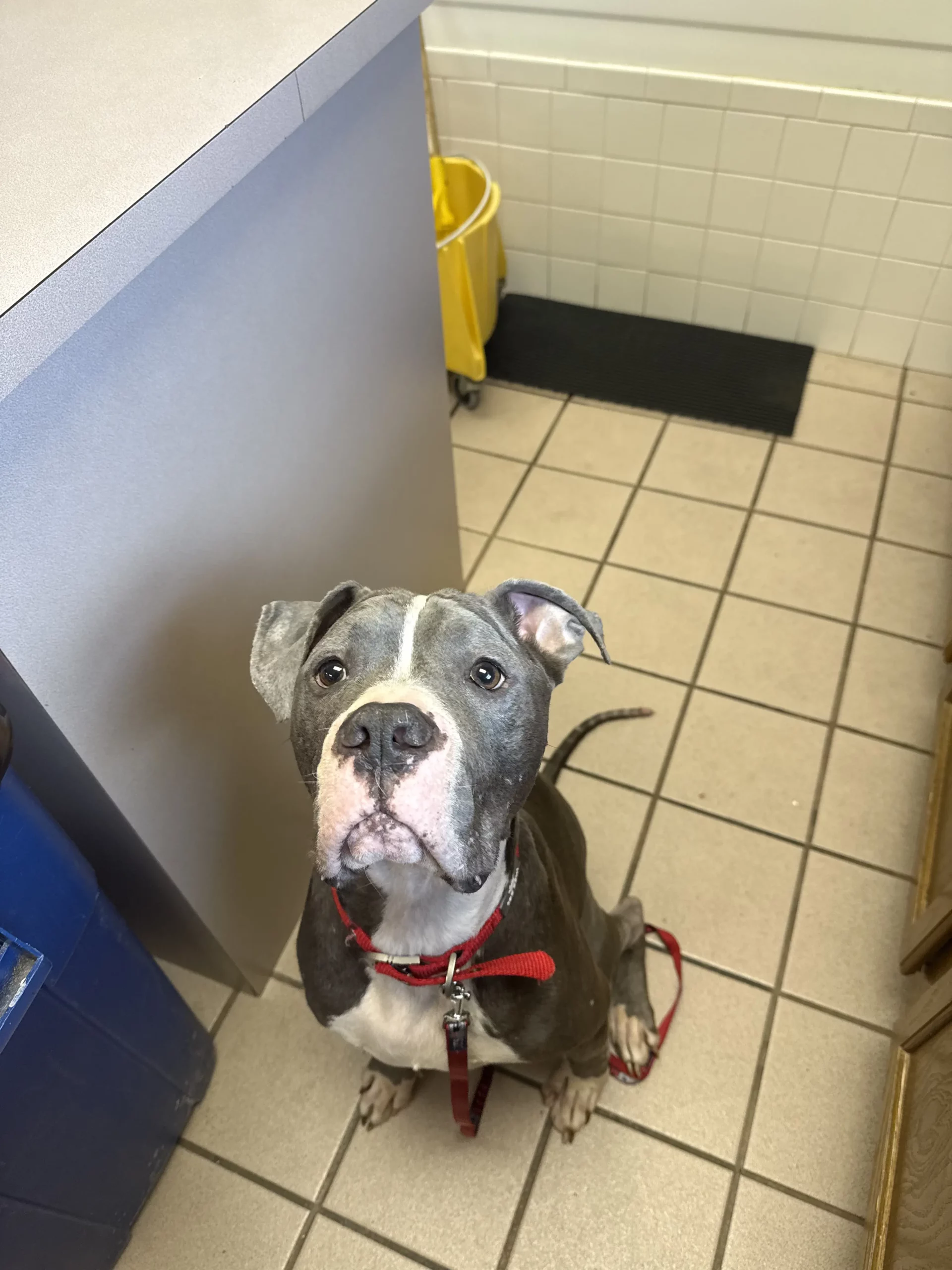By: Sonya Stone
Many people think that caring for a betta fish is simple. Drop him or her into a fishbowl, and you’re pretty much done. But to ensure that your friend has a long and happy life, proper care needs to extend far beyond the fish bowl.
Betta fish, also known as Siamese fighting fish, are favorites among freshwater aquarists because of their beautiful colors, graceful movement, and strong personalities. Anyone who has ever had a betta knows that this is a small fish with a big attitude! Male bettas are very territorial, and for this reason it’s important that they be housed either alone or with a female betta. If you plan on keeping a male and female betta together, do some research first. Female bettas can be housed together (this is called a sorority), and you’ll need to have at least five fish, so they don’t start harassing each other.
It’s a common misconception that bettas are content in novelty tanks, nano tanks, or fishbowls. It might look cute and Zen to have a fish in a tiny bowl, but the cramped living space actually causes your fish a lot of stress. Bettas enjoy having territory to patrol and enough space to swim around and explore. Some bettas kept in a small habitat will become anxious or jump out of the bowl in an attempt to find more room. This doesn’t end well for anyone, so please keep your betta happy in a five- or ten-gallon tank.
Bettas love greenery in their tank because it emulates their natural habitat and provides them with places to hide, nap, and hang out. You can aquascape your tank with either live aquatic plants or silk plants. Avoid anything with sharp edges, such as plastic plants or certain décor. Bettas have delicate fins, and it’s easy for them to be torn. You can also put live plants, such as pothos, along the top of the tank and allow the roots to trail in the water to help oxygenate and filter the water. Try to keep the leaves out of the water and make sure the surface of the tank isn’t completely covered with greenery, because bettas are labyrinth breathers and take oxygen directly from the air.
If it’s too cold (or hot) for you, it’s probably too cold or hot for your betta. Bettas prefer a stable temperature in the 78-degree range, so buy a good tank heater for winter, and if the summer heat is giving your betta the blues, float a small bag of ice at the top of the tank or place a small fan so it blows over the top of the water. Check the tank temperature frequently to make sure it’s not dropping too rapidly.
Bettas are typically eager to eat, and it’s fun to watch them snapping up their meals. Because they are carnivores, be sure to offer a quality, high-protein food, such as Fluval Bug Bites. Most pet store betta food is made from plants, which are difficult for a betta to digest. You can supplement their diet with freeze-dried or frozen bloodworms, frozen brine shrimp, mosquito larvae, or daphnia. Bettas are wired to keep eating as long as there’s food around, so be sure to avoid the common mistake of overfeeding. Give your fish 2-3 pellets once or twice a day, and treats, such as bloodworms, once or twice a week.
Caring for a betta isn’t hard, but it does require dedication and attention. With an understanding of proper care, you can ensure that your betta has a long and happy life.







